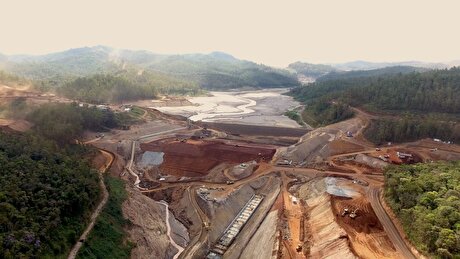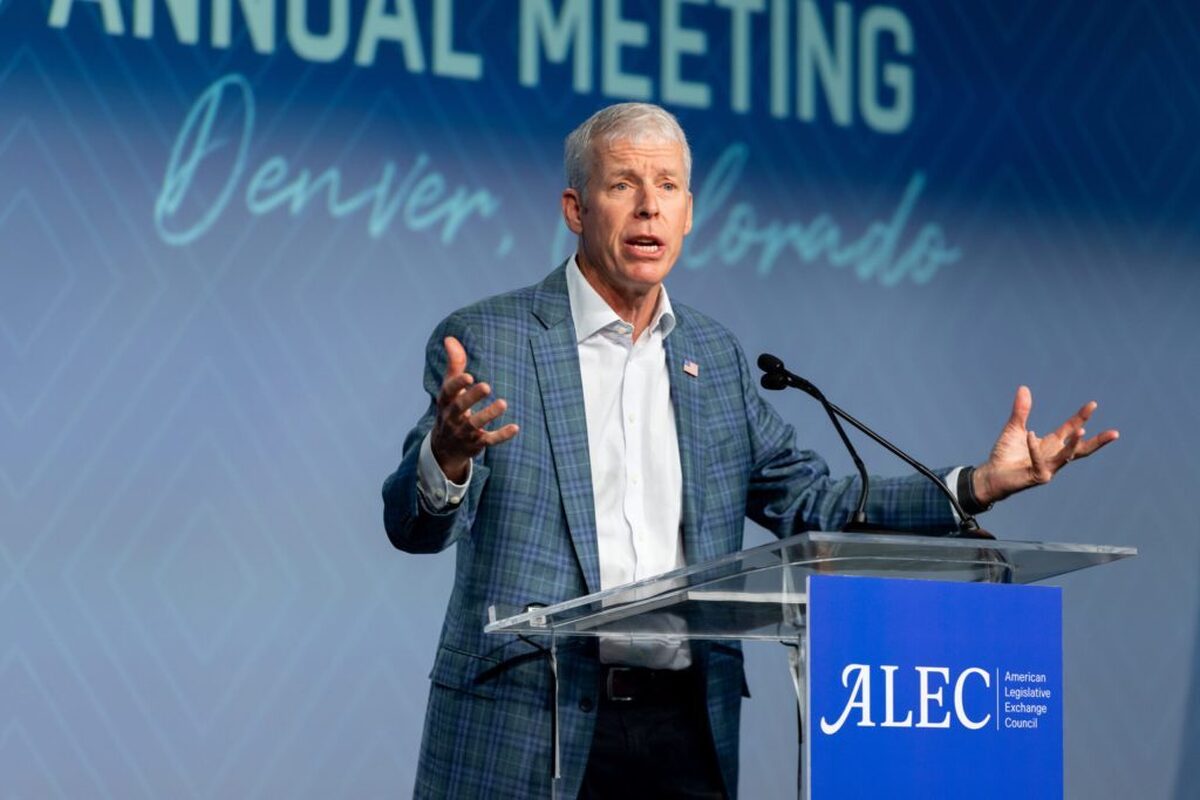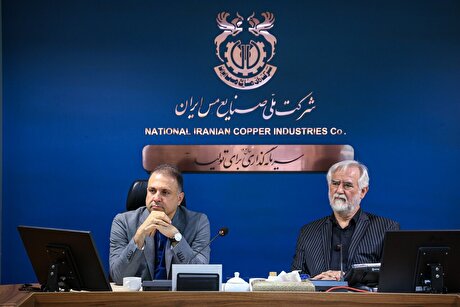
Will Iran’s gas export pipeline to Oman be established in late 2024 or early 2025?

By reviewing the article published on August 20, 2024 entitled “How Oman plays a role in Iran’s plan to become an LNG superpower” published on the Oil Price website by Simon Watkins, we examine this question.
The author of this article is one of the most prolific authors in the field of oil and gas, international trade and finance, etc.
At the beginning of the article, he mentions the importance of the role of LNG after the war between Russia and Ukraine for the energy market and its advantages. And further, pointing out that Iran has the second largest gas reserves in the world after Russia (34 thousand billion cubic meters), he writes that Iran is still the largest gas producer in West Asia, which has been able to increase its gas production capacity to more than increase 3 times and reach 1 billion cubic meters per day.
Therefore, he believes that it should not be surprising that the Islamic Republic of Iran is planning to become a global superpower in the LNG sector in various ways. At this point in his article, Watkins analyzes Oman as a long-time friend of Iran.
The gas negotiations between Iran and Oman started in 2013 under the extensive cooperation between Iran and Oman and were developed in 2014 and signed in 2015. Initially, Iran was supposed to export 10 billion cubic meters of gas worth 60 billion dollars to Oman annually for 25 years. Then this number reached 43 billion cubic meters per year for 15 years, and finally, a final agreement was reached on 28 billion cubic meters per year for 15 years, and the export of gas was supposed to start in 2017.
In general, the basis of this plan was to bring Iran's gas (later oil) to the world markets through the Sultanate of Oman, and at that time its political design was similar to the flow of almost sanctions-free exports to Iraq.
The Omani side had also prepared the necessary study and operational infrastructure. But in August 2016, with the increase of tension between Saudi Arabia and Iran and the obstruction of the United States through the United Arab Emirates, the UAE government did not allow the pipeline to pass through the shallow waters of its territory. (Mirgaloubayat: The UAE did not want to reduce Oman's dependence on the Dolphin pipeline, which delivers Qatari gas to Oman through the UAE.)
Before the United States withdrew from the JCPOA in 2018, international companies such as Total and Shell had announced their willingness to participate in the project of Iran's gas export pipeline to Oman.
With the failure of the JCPOA and the re-imposition of sanctions on Iran, Oman backed off this plan to some extent and entered into negotiations with Russia's Gazprom, because this Russian company had important contracts with National Iranian Gas Company (NIGC), and Iran would benefit from this company, as well as Russia and Oman. (Mirgaloubayat: Majorly, using Russia's political power was intended to put pressure on the UAE and convince America).
But this plan was unsuccessful due to the U.S. sanctions against Iran and Russia and of course the reduction in the price of LNG (due to Corona). In addition, China also wanted to participate in the production of LNG in the form of a 25-year comprehensive cooperation with Iran.
In mid-April of last year, Omani Energy Minister Salim Al Aufi said that the plan to build a pipeline between Iran and Oman, which had been suspended for a long time, will be implemented in late 2024 or early 2025. In addition, the former Energy Minister of Oman Mohammed bin Hamad Al-Rumhy had also talked about the willingness and ability of the Sultanate of Oman to transfer Iran's gas to Yemen through this country (recently, the Omani government has started the executive plan to connect the gas pipeline from the north to the south of this country).
According to the review of the article published in Oil Price, it seems that Oman, which is currently considered one of the largest gas exporters in the region, is determined to introduce itself as a gas pole in the world, and in this way, it has also provided its required technical and economic infrastructure. It is obvious that Oman, which is not faced with rich resources in the region, should seek to diversify its imports and reduce its reliance on the risky route of the Dolphin pipeline, which depends on the will of the UAE and Qatar. On the other hand, Oman wants to take full advantage of Iran’s regional power and its influence in Yemen and East Africa and become an important player in East Africa after two centuries. Recognizing Qatar's example, Oman knows that becoming one of the gas hubs of the world provides it with a lot of political and promotional power, so Oman is ready to take the necessary measures even under sanctions.
Source: Tehran Times


Samarco gets court approval to exit bankruptcy proceedings

Zimbabwe labs overwhelmed as gold rally spurs exploration, miner says

Cochilco maintains copper price forecast for 2025 and 2026

Gold price stays flat following July inflation data

Mosaic to sell Brazil potash mine in $27M deal amid tariff and demand pressures

Glencore seeks $13 billion in incentives for Argentina copper projects

HSBC sees silver benefiting from gold strength, lifts forecast

Hindustan Zinc to invest $438 million to build reprocessing plant

Samarco gets court approval to exit bankruptcy proceedings

Abcourt readies Sleeping Giant mill to pour first gold since 2014

Roshel, Swebor partner to produce ballistic-grade steel in Canada

EverMetal launches US-based critical metals recycling platform

Iron ore price dips on China blast furnace cuts, US trade restrictions

Afghanistan says China seeks its participation in Belt and Road Initiative

Gold price edges up as market awaits Fed minutes, Powell speech

Flash Metals USA advances critical minerals recovery plant in Texas

Glencore trader who led ill-fated battery recycling push to exit

US hikes steel, aluminum tariffs on imported wind turbines, cranes, railcars

US appeals court temporarily blocks land transfer for Resolution Copper

Abcourt readies Sleeping Giant mill to pour first gold since 2014

EverMetal launches US-based critical metals recycling platform

Iron ore price dips on China blast furnace cuts, US trade restrictions

Afghanistan says China seeks its participation in Belt and Road Initiative

Gold price edges up as market awaits Fed minutes, Powell speech

Flash Metals USA advances critical minerals recovery plant in Texas

Glencore trader who led ill-fated battery recycling push to exit

US hikes steel, aluminum tariffs on imported wind turbines, cranes, railcars

US appeals court temporarily blocks land transfer for Resolution Copper
















